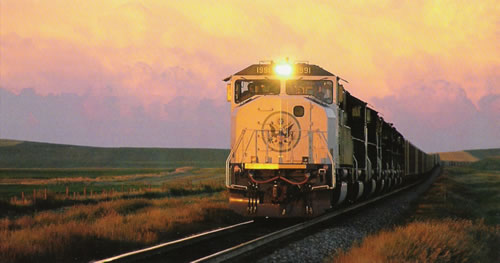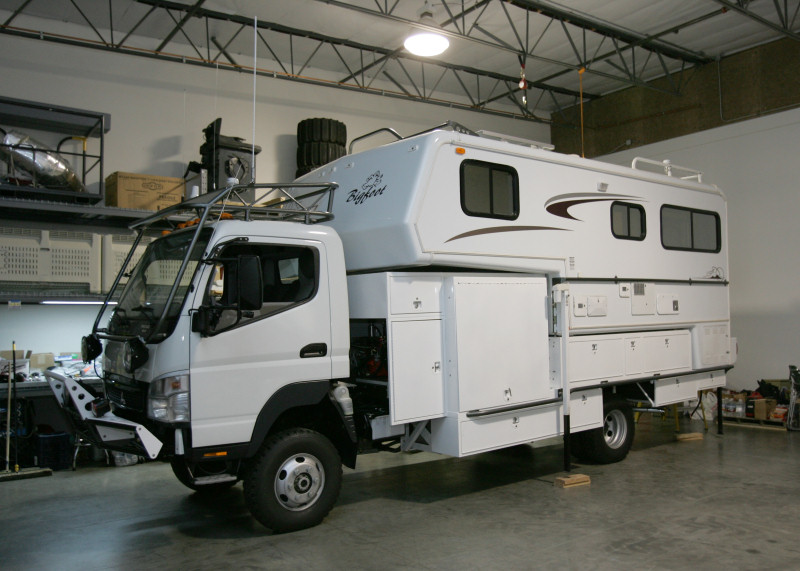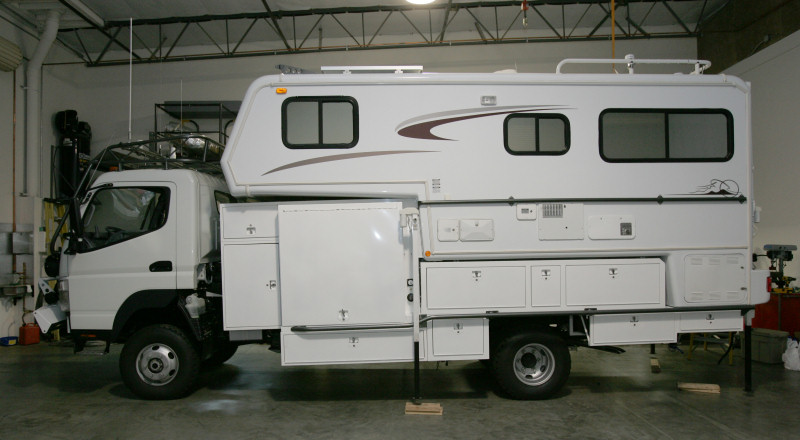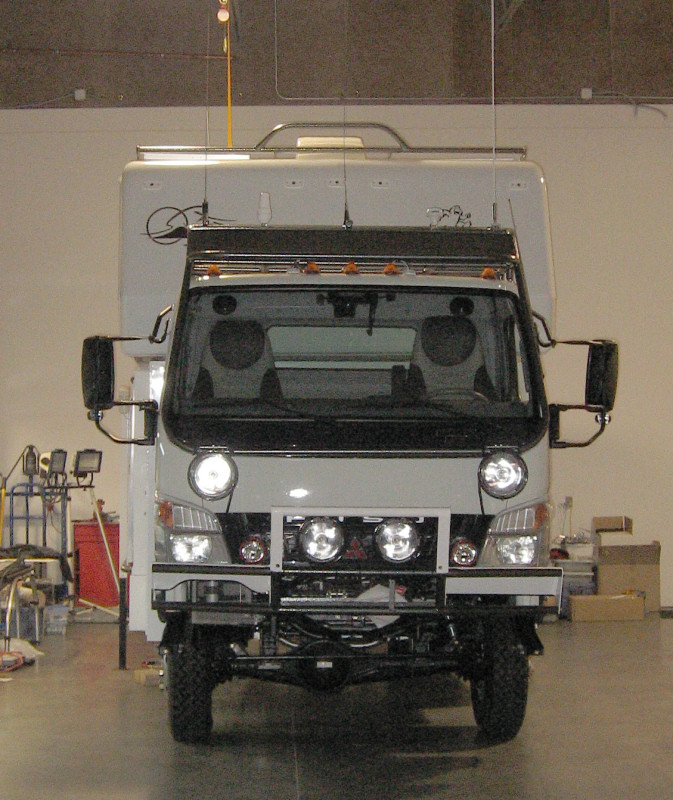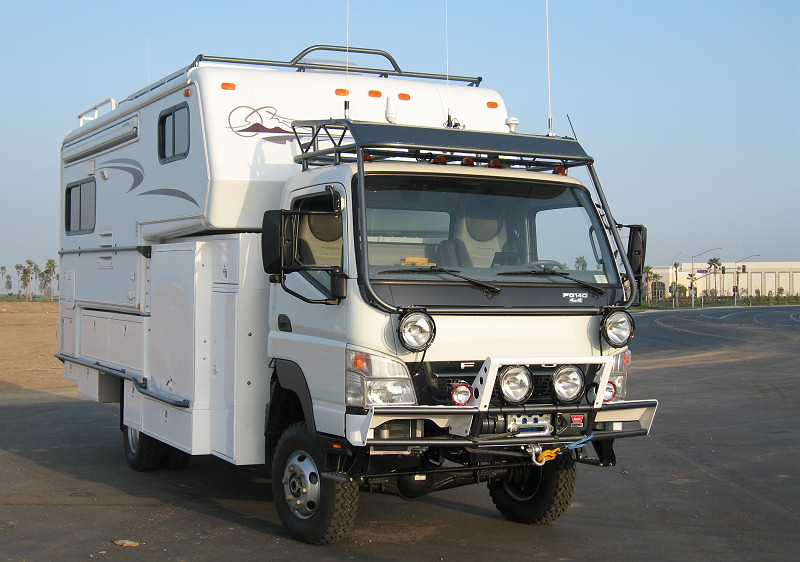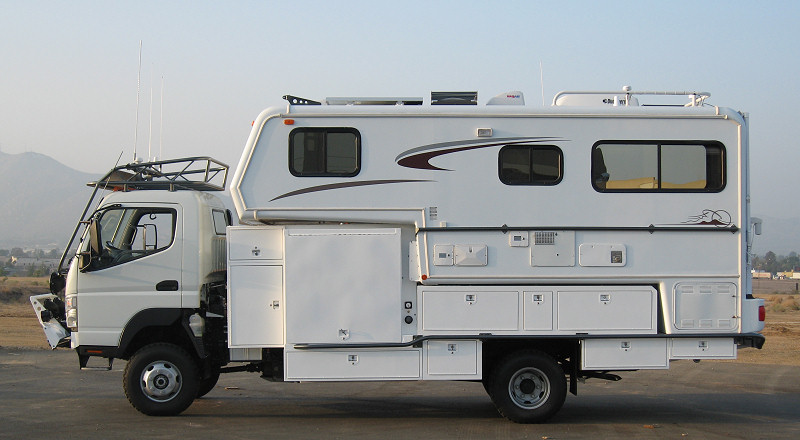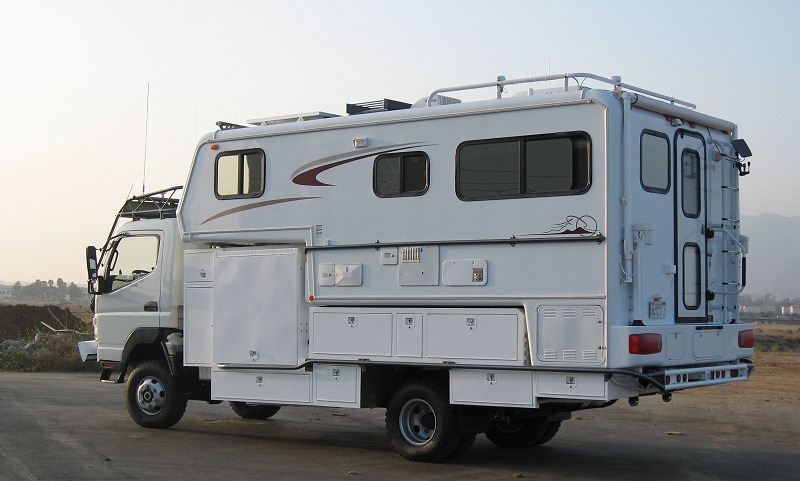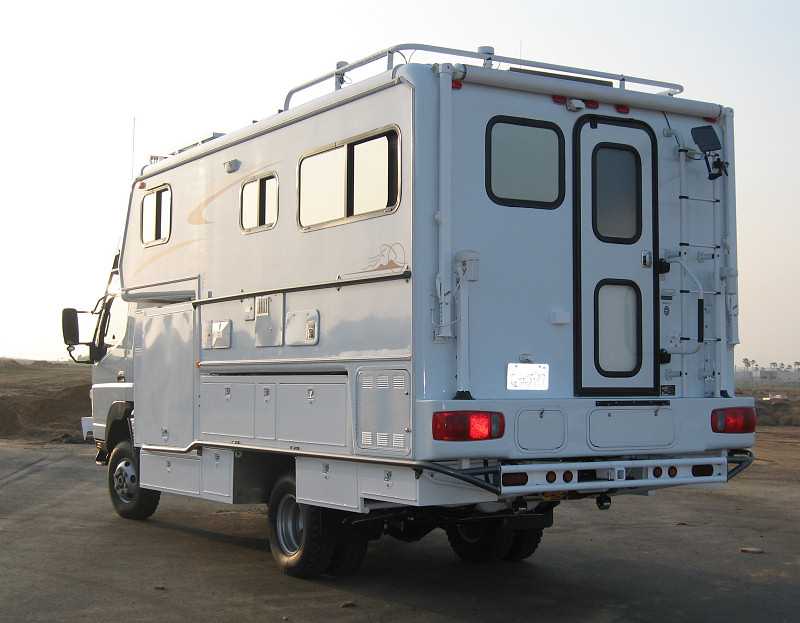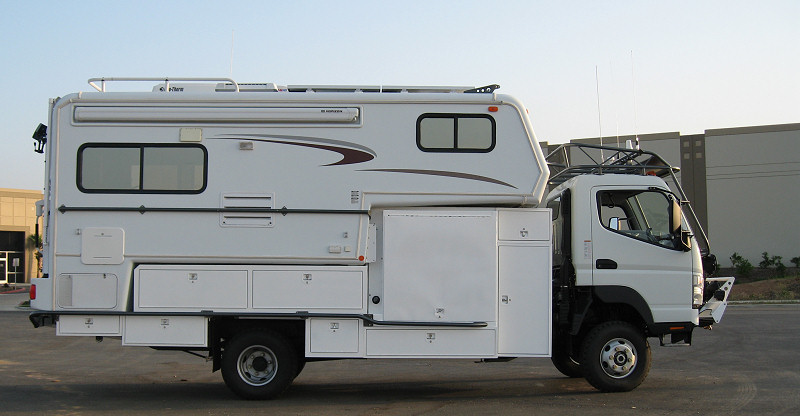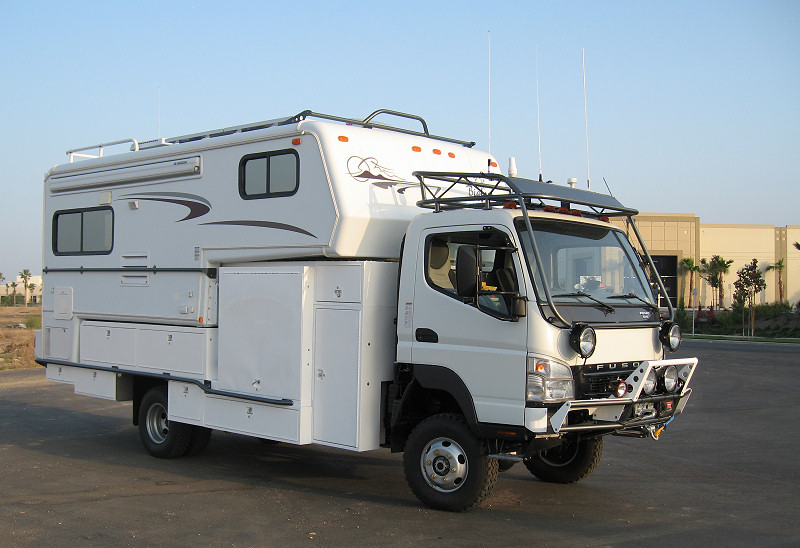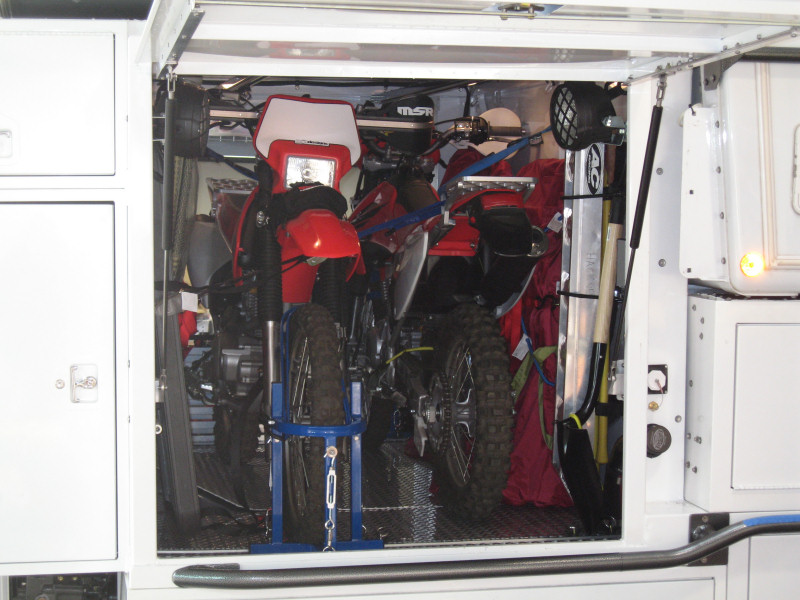freetomeander said:
All the design, planning and modifications, plus your time and expense....big undertaking and my hats off to you.
It has been a big undertaking. I've been on it full time, 12-16 hours a day, seven days a week, since mid-Sept. with about 14 total days off in that span. Once we get done I'll try to post up some thoughts on the scale/scope of the project and the effects of so much work, especially the long hours, physically & emotionally.
freetomeander said:
Did you consider just buying an Earthroamer and taking off?
Yes, we did consider them. I called them and talked to them, but did not visit the factory or see a unit in person.
We decided against them for a variety of reasons that now look pretty ludicrous. As I recall they were a) too heavy (we'll be in the same general weight class as an Earthroamer and overweight on our chassis), b) too ostentatious for 3rd world countries we like to travel in (the jury is out on this, but we'll be anything but inconspicuous), c) too big (we'll be every bit as big), d) too complex for 3rd world travel (I think we'll be even more complex), e) too long to take delivery - they could have gotten us one in December 2006 (we'll be done sometime in early April 2007) f) US market chassis (we do have an advantage here with a truly world chassis.
With the Earthroamer we would have enjoyed completely integrated systems, without all the added complexity of interconnecting the chassis/camper/system boxes. This is something I didn't fully appreciate at the time we were making our decisions.
The Earthroamer would have a roomier cab, with much more in the way of factory options available.
Upsides of what we are creating compared to Earthroamer are:
- Fully secure garage / bike storage area
- Tighter turning radius
- Raw water treatment capability
We may have higher capacities in LP & total water, but I'm not sure. I'd have to look that up.
And yes, there have been many, many times during this project when we have revisited our decision matrix.
freetomeander said:
Put the cycles on a small capable offroad trailer or front and rear receiver hitch carriers for small bikes?
We probably would have gone with some type of hitch or bumper/frame mount carriers. We didn't want to deal with a trailer. We've been down those dead end super narrow market town roads with our big GS and wouldn't want to think about backing a trailer out of there.
freetomeander said:
This can't be that much cheaper is it?.
Ours will end up costing less than a 747.
You could duplicate the basics of our rig for under $100k.
Truck: 32k new
Camper: ~30k new
3 point frame and boxes: depends on what your fabricator charges
The rest is all the systems & electronics we've put on it.
freetomeander said:
We have your basic motorhome and love it. You're going to have a great adventure goin around the world.
Thanks for the encouragement. Hugely appreciated. Some days I think that bright glow at the end of the tunnel is a train.









